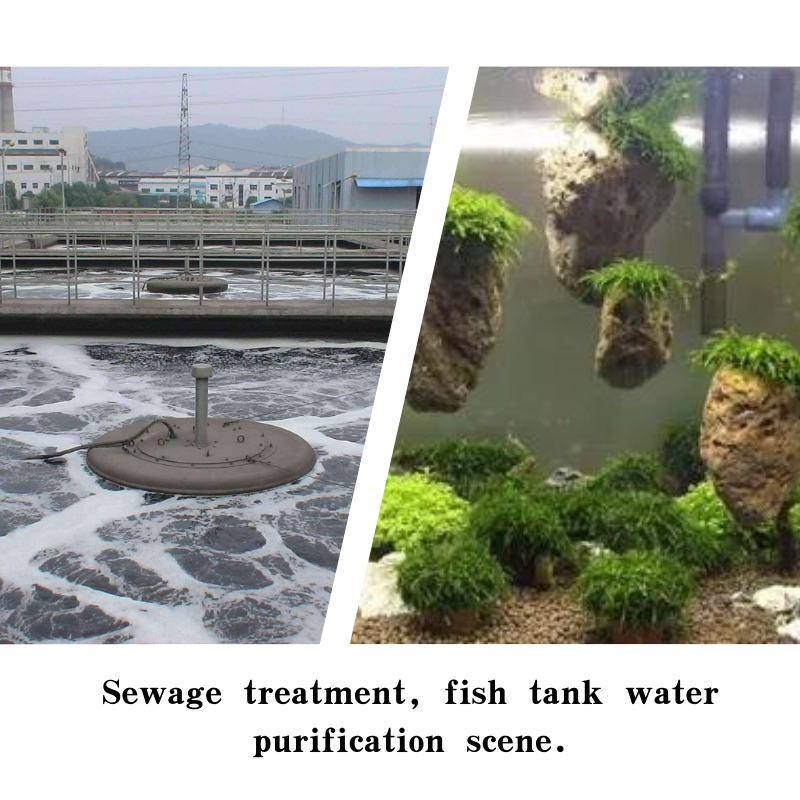
Fly Ash Use in Cement
Utilization of Fly Ash in Cement Production
Fly ash, a byproduct of coal combustion in power plants, has gained significant attention in the construction industry as a supplementary cementing material. Its utilization in cement production not only enhances the performance of concrete but also promotes sustainable building practices.
Utilization of Fly Ash in Cement Production
Moreover, fly ash contributes to the long-term strength of concrete. Initially, the hydration process of fly ash is slower compared to that of Portland cement. However, with time, the pozzolanic reactions between the fly ash and calcium hydroxide released during cement hydration lead to the formation of additional cementitious compounds. This results in improved compressive strength, making fly ash-blended cements an effective choice for high-performance concrete.
fly ash use in cement

The environmental benefits of using fly ash in cement production are significant. The utilization of this byproduct reduces the carbon footprint associated with traditional cement manufacturing, which is responsible for approximately 8% of global carbon dioxide emissions. By replacing a portion of Portland cement with fly ash, we can lower the overall demand for cement and associated emissions. Furthermore, fly ash disposal is a major environmental challenge; utilizing it in construction reduces waste and promotes a circular economy.
Nevertheless, the use of fly ash in cement also poses some challenges. The variability in the quality and properties of fly ash, depending on the source of coal and combustion conditions, can impact the performance of concrete. It is crucial for manufacturers to perform thorough testing to ensure that the fly ash meets relevant standards and specifications. Additionally, public perception of using industrial byproducts in construction materials must be managed through education and transparency about the safety and benefits of fly ash.
In conclusion, the use of fly ash in cement production presents an excellent opportunity for enhancing concrete performance while promoting environmental sustainability. By embracing fly ash as a viable alternative, the construction industry can contribute to a more sustainable future, reducing waste and minimizing greenhouse gas emissions while improving the durability and resilience of built structures. As research and technology advance, the potential applications and benefits of fly ash will continue to expand, reinforcing its vital role in modern cement manufacturing.
Share
-
Premium Pigment Supplier Custom Solutions & Bulk OrdersNewsMay.30,2025
-
Top China Slag Fly Ash Manufacturer OEM Factory SolutionsNewsMay.30,2025
-
Natural Lava Rock & Pumice for Landscaping Durable Volcanic SolutionsNewsMay.30,2025
-
Custom Micro Silica Fume Powder Manufacturers High-Purity SolutionsNewsMay.29,2025
-
Custom Mica Powder Pigment Manufacturers Vibrant Colors & Bulk OrdersNewsMay.29,2025
-
Custom Micro Silica Fume Powder Manufacturers Premium QualityNewsMay.29,2025






